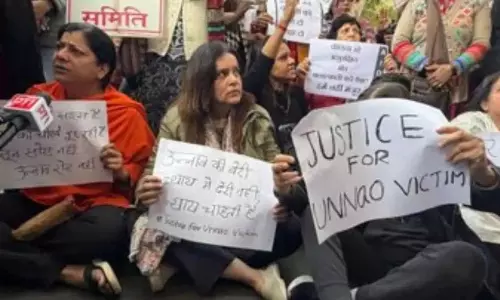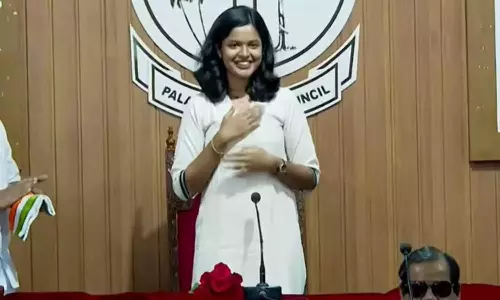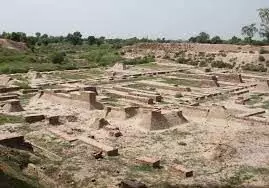
Haryana to open the largest museum of Harappan culture
text_fieldsChandigarh: Rakhigarhi in Haryana is all set to open the world's largest museum of Harappan culture. It will showcase Indus Valley artefacts that are about 5,000 years old.
Officials are working on making a list of artefacts found during the excavation including those possessed by the villagers around the area. Chief Minister Manohar Lal Khattar said the name of the villagers will be displayed with the item in the museum.
Experts have found 56 skeletons in Rakhigarhi since 1998. The remains of two women were found to be 7,000 years old. They were found with shell bangles, a copper mirror, and semi-precious stone beads. The shell bangles suggest the people of this civilisation had trade links with distant places.
Experts think the evidence of ancient civilisation indicates that this place was more prosperous than Harappa and Mohenjo Daro in terms of trade exchange.
Findings suggest that it had trade links with Afghanistan, Balochistan, Gujarat, and Rajasthan. People may have bought raw materials to make jewellery from faraway lands and made ornaments in their village. Kilns used to make jewellery from stones and metals were found in large numbers.
The civilization found in Rakhigarhi dates back to 5,000-5,500 BC. The time of civilization found in Mohenjo Daro is believed to be around 4,000 BC. While Moenjodaro is spread across 300 hectares, Rakhigarhi is over 550 hectares.
Rakhigarhi's archaeological evidence is scattered in two villages - Rakhi Khas and Rakhi Shahpur. ASI started the excavation in 1963 and made progress between 1998 and 2001. Another excavation was done in 2013, 2016, and 2022.
During the preliminary excavations, a cluster of seven mounds marked as RGR 1 to RGR 7 was found which together formed the largest settlements of the Harappan civilization. The museum will have a children's zone to educate them recreationally. It will also have an open-air theatre, galleries, and a library.
Chief Minister Manohar Lal Khattar met with Archaeological Survey of India (ASI) officials to direct them to complete the excavation work of the protected site at the earliest. He also reviewed the construction of the museum and security.























